What is a Piston Caliper?
Piston caliper is essential components of a vehicle’s braking system. They help deliver necessary stopping power by pressing brake pads against the brake rotor.
Definition and Overview
A piston caliper is part of the disc brake system. It houses one or more pistons that push the brake pads against the rotor when the brake pedal is pressed. This squeezing action creates friction, slowing down the vehicle. Piston calipers are crucial for controlling braking force and ensuring safe stops under various driving conditions.
Key Components of a Piston Caliper
- Caliper Body: The main structure that holds all the parts together.
- Piston: Moves outward to press brake pads against the rotor.
- Brake Pads: Generate friction to slow down the vehicle.
- Hydraulic Seals: Prevent fluid leakage and aid piston movement.
- Bleeder Valve: Allows air removal from the hydraulic fluid.
- Guide Pins: Enable smooth sliding for floating calipers.
Each component works together to ensure proper braking performance. Keeping these parts in good condition is vital for vehicle safety.
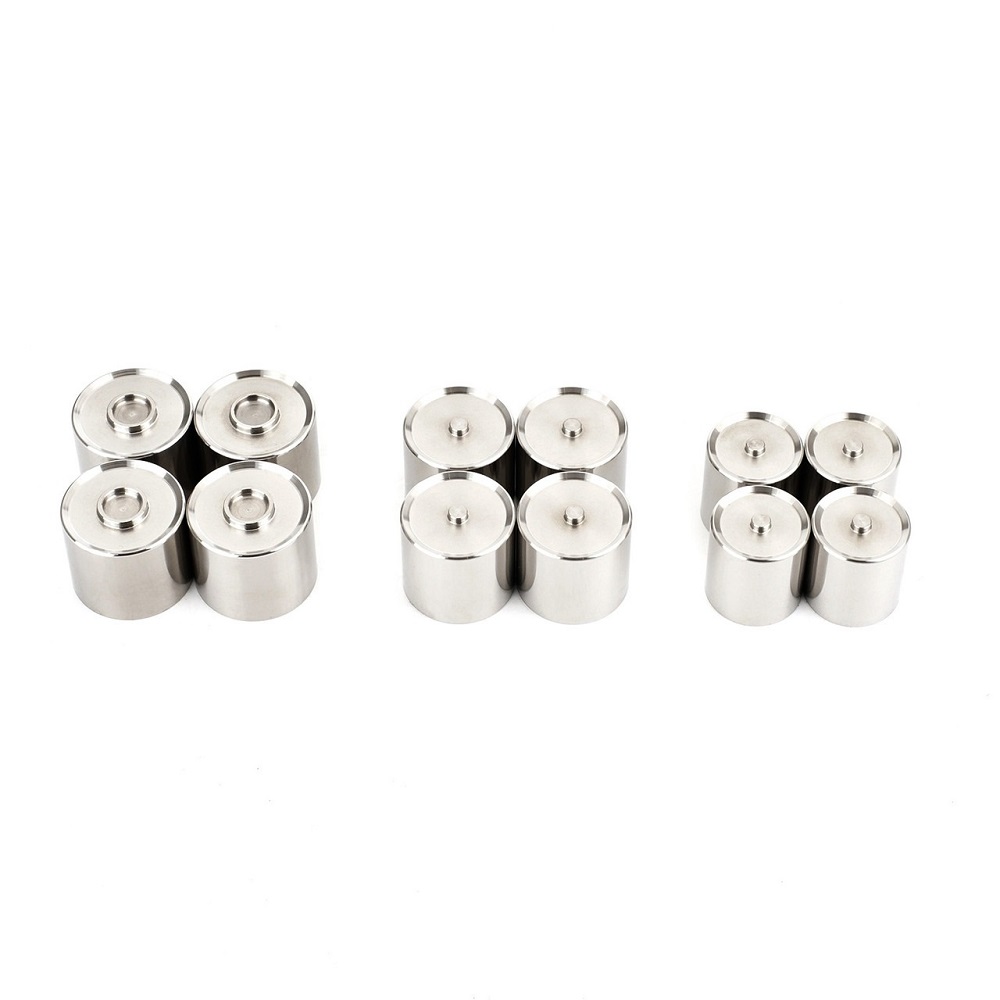
How Piston Calipers Work in a Braking System
Piston calipers play a vital role in a vehicle’s braking mechanism. Understanding how they function can improve your knowledge of brake systems.
Hydraulic Mechanism Explained
Piston calipers rely on hydraulic pressure to operate. When the brake pedal is pressed, brake fluid from the master cylinder flows into the caliper. This fluid exerts force on the piston, pushing it outward. The piston then presses the brake pads against the rotor, creating friction needed to slow down the vehicle. The hydraulic seals help maintain pressure while preventing fluid leaks. This mechanism ensures efficient braking performance.
Role in Generating Stopping Power
The piston calipers generate the necessary stopping force by converting hydraulic pressure into mechanical action. As the brake pads grip the rotor tightly, friction is created. This friction slows or stops the wheels. The number of pistons and their design can affect the level of stopping power generated. Multi-piston calipers, for example, distribute force more evenly on the pads, enhancing braking efficiency.
Types of Piston Calipers
Piston calipers come in different types, each designed to meet specific braking needs. Here, we’ll explore the primary types and their comparisons.
Single-Piston vs Multi-Piston Calipers
- Single-Piston Calipers:
- Feature one piston that presses the brake pads against the rotor.
- Common in standard vehicles due to their simplicity and cost-effectiveness.
- Easier to maintain and replace compared to multi-piston calipers.
- Provide adequate stopping power for everyday driving.
- Multi-Piston Calipers:
- Equipped with two or more pistons on either side of the rotor.
- Offer better force distribution on the brake pads.
- Widely used in performance vehicles and heavy-duty applications.
- Deliver greater braking efficiency and improved pedal feel.
- More complex and expensive to maintain than single-piston calipers.
Floating vs Fixed Calipers
- Floating Calipers:
- Move side-to-side as the brakes are applied.
- Use a single piston to push the pad against the rotor.
- Found in most passenger cars due to their lightweight design.
- Provide a cost-effective option with easy maintenance.
- Tend to wear the brake pads unevenly if not maintained properly.
- Fixed Calipers:
- Remain stationary and use pistons on both sides of the rotor.
- Deliver consistent and even braking performance.
- Commonly used in high-performance and luxury vehicles.
- Require higher manufacturing precision and are more expensive.
- Offer better resistance to overheating during heavy braking.
Each type of piston caliper serves a distinct purpose. Choosing the right one depends on the vehicle type and driving needs.
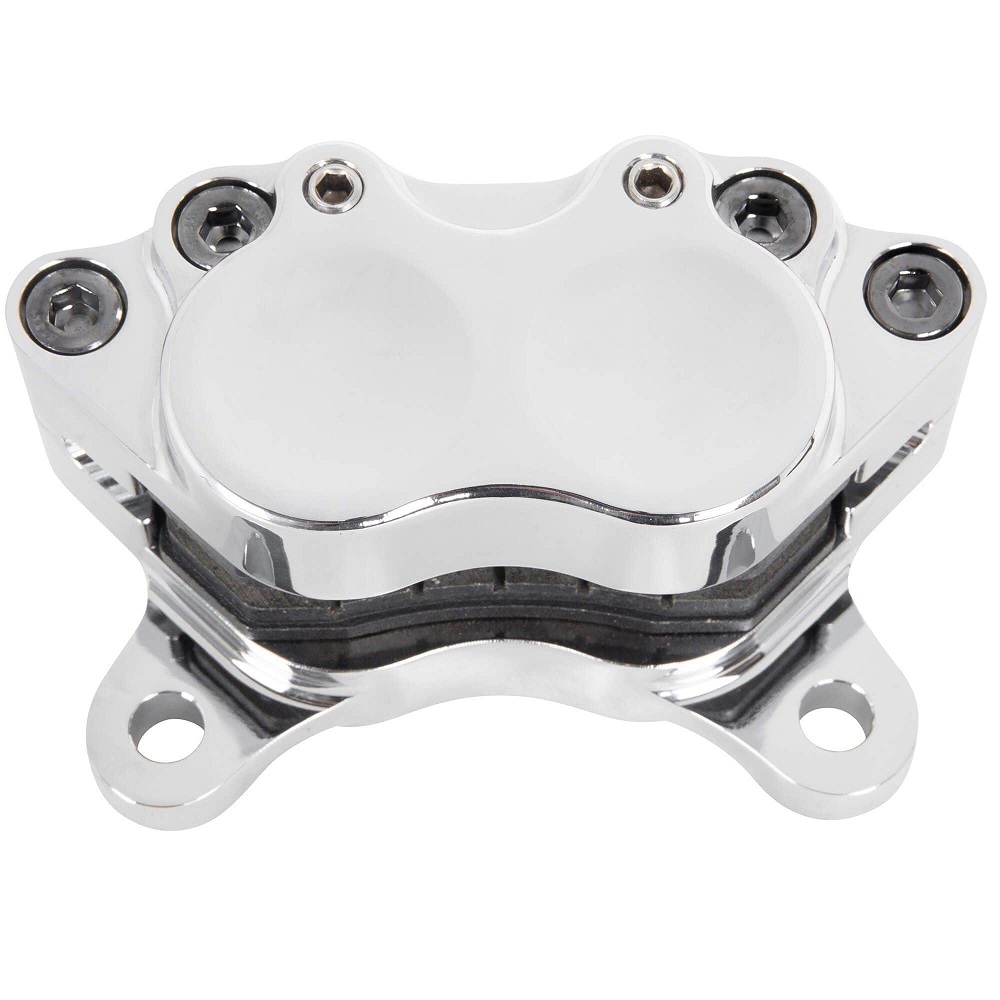
Importance of Piston in Vehicle Safety
Piston calipers are critical for ensuring safety during driving. They provide reliable and effective braking power.
Contribution to Brake Performance
Piston calipers play a significant role in a vehicle’s braking system. They convert hydraulic pressure into mechanical force, pressing brake pads against the rotor. This action generates the friction needed to stop the vehicle effectively. Multi-piston calipers enhance braking efficiency by distributing pressure evenly. Meanwhile, single-piston calipers provide adequate performance for everyday use. Well-functioning piston calipers reduce stopping distances and improve control during emergency braking.
Impact on Driving Conditions
Piston calipers ensure stable braking under various driving conditions. Whether you’re on wet, dry, or uneven roads, they maintain reliable stopping power. In high-performance vehicles, fixed calipers deliver consistent braking at high speeds or during heavy loads. For everyday cars, floating calipers offer dependable braking performance. Properly maintained piston calipers prevent brake fade and overheating, especially during prolonged use. This reliability improves driver confidence and overall road safety.
Common Issues with Piston
Piston calipers are crucial for braking but may face issues over time. Identifying these problems early enhances safety.
Signs of Wear and Tear
- Spongy Brake Pedal: A soft or unresponsive pedal may indicate piston caliper wear.
- Uneven Brake Pad Wear: Pads wearing unevenly suggests piston or guide pin issues.
- Brake Fluid Leaks: Fluid dripping near calipers signals seal damage.
- Reduced Braking Performance: Longer stopping distances may result from faulty calipers.
- Rust and Corrosion: Prolonged exposure to moisture can corrode caliper surfaces.
Detecting these signs early prevents further damage.
Common Causes of Failure
- Seal Damage: Worn seals cause brake fluid leaks and reduced hydraulic pressure.
- Corroded Pistons: Rust can hinder piston movement and affect braking efficiency.
- Overheating from Brake Fade: Extended braking may weaken the caliper’s components.
- Misalignment: Poor installation can impact caliper operation and pad wear.
- Contaminated Brake Fluid: Dirt or debris in fluid reduces hydraulic effectiveness.
Understanding these causes helps ensure faster repairs. Routine maintenance minimizes wear or failures in piston calipers.
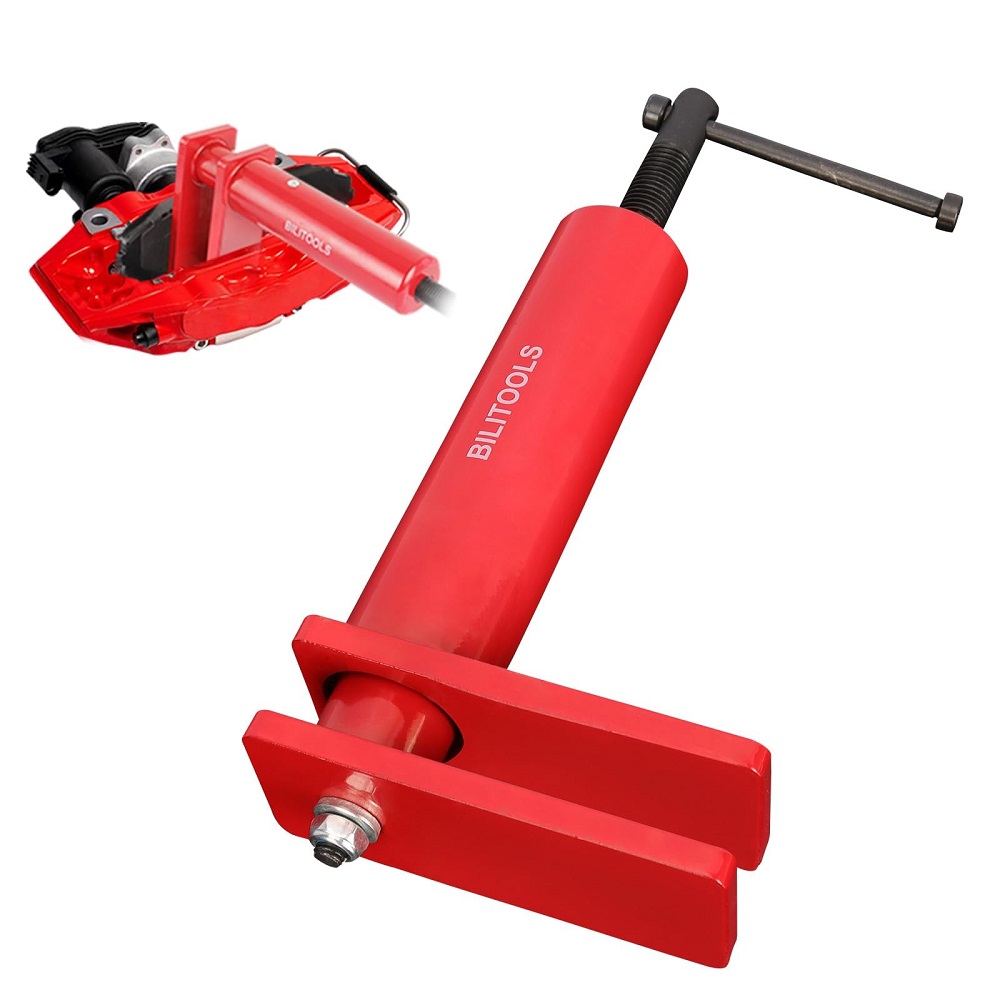
Maintenance and Care for Piston
Proper maintenance of piston calipers ensures reliable braking performance and prolongs their lifespan. Regular care minimizes the risk of failures, enhancing overall vehicle safety.
Cleaning and Inspection Tips
- Clean Brake Components Regularly: Remove dirt and debris using a soft brush and brake cleaner. Avoid using water, as moisture can cause rust.
- Inspect for Signs of Wear: Check piston calipers for rust, corrosion, or physical damage. Look for uneven pad wear, as it may indicate alignment problems.
- Examine Hydraulic Seals: Ensure seals are intact to prevent brake fluid leaks. Leaking seals can reduce hydraulic efficiency and affect braking power.
- Lubricate Guide Pins: Apply high-temperature grease on guide pins for smooth piston movement. Avoid over-lubricating, as excess grease can attract debris.
- Check Bleeder Valves: Ensure the valves are not clogged. They should allow air to escape during brake bleeding.
Regular inspections help spot issues early, reducing repair costs and improving brake functionality.
Recommended Replacement Intervals
- Brake Pads: Replace brake pads every 25,000 to 70,000 miles, depending on driving habits and materials used.
- Caliper Seals: Inspect seals during each brake service. Replace them every 3 to 5 years or if leaks appear.
- Entire Caliper Unit: Replace piston calipers after 75,000 to 100,000 miles or when showing excessive wear.
- Brake Fluid: Change brake fluid every 2 years or as recommended by the manufacturer. Contaminated fluid can damage caliper components.
Timely replacement intervals ensure optimal piston caliper functionality and improve vehicle braking safety. Maintaining piston calipers is not just cost-effective but crucial for avoiding brake failures.
Innovations in Piston Design
Piston calipers are not static technology; they continue to evolve for better performance and efficiency. Innovations in materials and engineering aim to enhance durability, reliability, and the braking experience. These advancements pave the way for safer and more sustainable vehicle systems.
Advances in Materials and Engineering
- Lightweight Materials: Modern piston calipers increasingly use aluminum alloys. These reduce weight and improve vehicle fuel efficiency.
- Ceramic Pistons: Ceramics resist heat and avoid warping. They are ideal for high-performance applications.
- Advanced Coatings: Anti-corrosion coatings improve caliper lifespan by protecting against rust and environmental damage.
- Improved Seal Technology: Seals designed with higher precision reduce leaks and maintain hydraulic pressure.
- Enhanced Designs: Engineers employ computer-aided tools to create calipers with better force distribution and energy efficiency.
These innovations improve braking reliability, making piston calipers more effective in extreme conditions.
Future Trends in Brake Technology
- Integration with Electric Vehicles (EVs): Piston calipers are adapting to regenerative braking systems in EVs, which require seamless coordination.
- Smart Calipers: Sensors and electronics in calipers provide real-time data for better performance monitoring.
- Eco-Friendly Materials: Manufacturers are experimenting with sustainable materials to reduce environmental impact.
- Thermal Management Systems: Advanced heat-dissipation designs prevent overheating even during prolonged braking.
- 3D Printing: Additive manufacturing enables precise and cost-effective caliper prototypes, accelerating innovation.
The future promises calipers that are safer, smarter, and tailored to environmentally conscious standards. These trends will shape how vehicles stop and maintain road safety for generations to come.
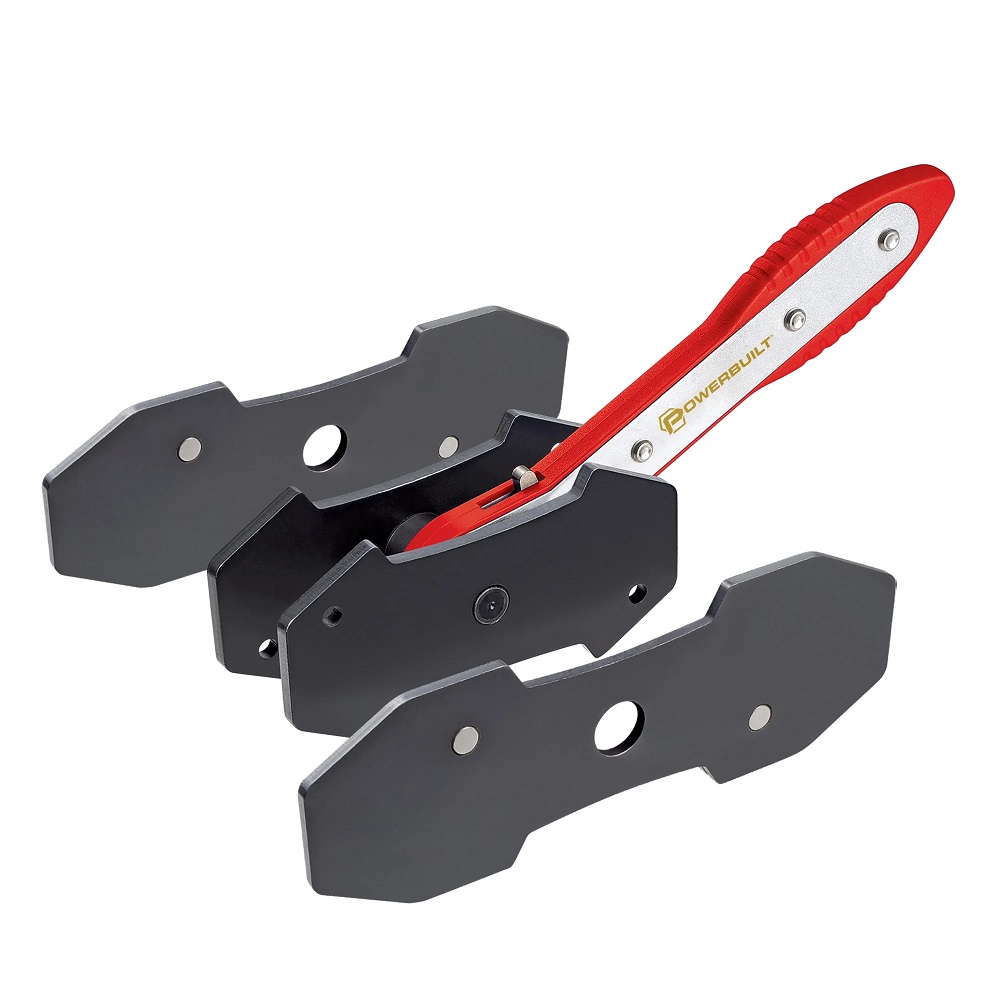
Understanding Common Issues
Signs of Wear and Tear
Awareness of common issues with piston calipers can help maintain optimal performance. Over time, calipers may show signs of wear, including leaks, corrosion, or uneven braking. If you notice reduced stopping power or abnormal noises from your brakes, it might indicate a problem with the calipers. Regular inspections can help catch these issues early, preventing further damage and ensuring your safety on the road.
Brake Pad Wear Patterns
Examining brake pad wear patterns can also provide insights into potential caliper issues. If one pad is significantly more worn than the other on the same caliper, this may indicate a caliper that is not functioning correctly. Sticking or seized calipers can cause uneven wear, which can lead to decreased braking performance. Addressing these problems promptly can extend the life of your braking system and enhance overall efficiency.
Professional Inspections
To prevent issues from becoming serious, consider scheduling regular professional inspections of your braking system. A qualified mechanic can assess the condition of your calipers, pads, and rotors thoroughly. These inspections can also uncover underlying problems that may not be immediately apparent to the average driver. Prioritizing preventive maintenance can save you from potential accidents or costly repairs down the line.
Riding Safety and Awareness
Importance of Awareness
Safety is paramount when operating any vehicle, and awareness of your braking system plays a critical role. Knowing the capabilities of your piston calipers and the specifics of your vehicle’s braking system helps you anticipate its behavior under various conditions. For instance, understanding how your brakes respond in wet weather can help you adjust your driving style accordingly. Being proactive about your riding safety fosters a sense of confidence and control while on the road.
Defensive Riding Techniques
Incorporating defensive riding techniques into your driving habits is vital. Always be aware of your surroundings, especially in heavy traffic. Maintain a safe following distance to provide ample time for braking and avoid unexpected stops. Using both brakes in tandem (front and rear) can help distribute braking force evenly, increasing stopping power. Practicing these techniques can significantly enhance your safety as a rider, ensuring you handle your motorcycle effectively in any situation.
The Role of Regular Practice
Skill development is essential for any motorcyclist. Regular practice improves your ability to control your motorcycle and respond confidently in various situations. This includes understanding how your braking system reacts in different environments. The more familiar you become with your bike’s dynamics, the better prepared you will be in emergencies. Take time to practice braking techniques in different conditions and learn how to get the most from your braking system.
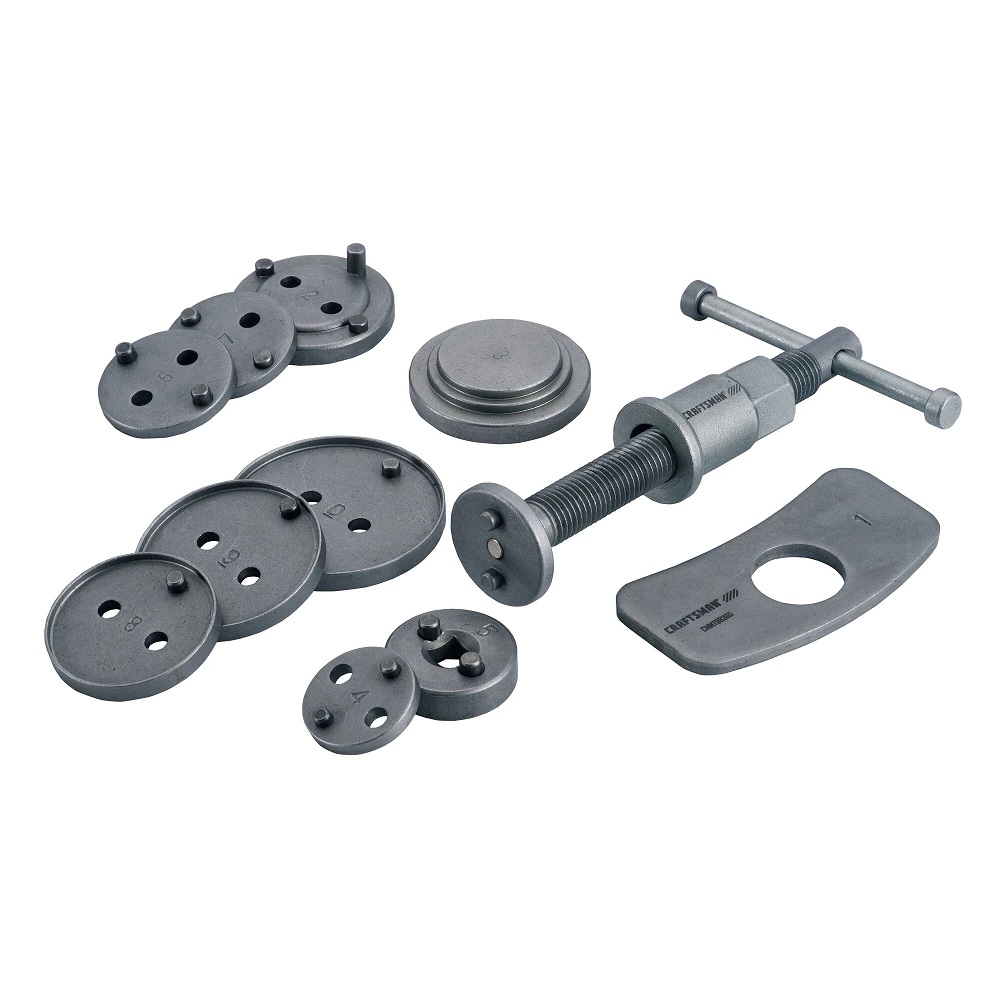
Conclusion: Prioritize Safety and Performance
Understanding Your Crankshaft
In conclusion, the piston caliper is a vital component of the braking system, playing a critical role in ensuring safety and performance. Understanding its functions and keeping it well-maintained will enhance your overall riding experience. Riders must regularly inspect their braking systems, recognizing the signs of wear and taking proactive steps to prevent issues.
Embracing Upgrades Wisely
As advancements continue in braking technology, consider embracing upgrades that align with your riding style. High-performance brake pads and aftermarket calipers can provide noticeable improvements in braking efficiency and responsiveness. Tailoring your braking system to your needs will allow you to ride with confidence, knowing you have invested in the best performance possible.
Fostering a Culture of Safety
Lastly, embrace a culture of safety in your riding habits. Understanding the intricacies of your motorcycle’s braking system and practicing defensive techniques enhances your overall safety. By recognizing the importance of your piston caliper and their role in your motorcycle’s performance, you are better prepared for the open road. Ride wisely, maintain your equipment, and enjoy the thrill of freedom that comes with motorcycling!
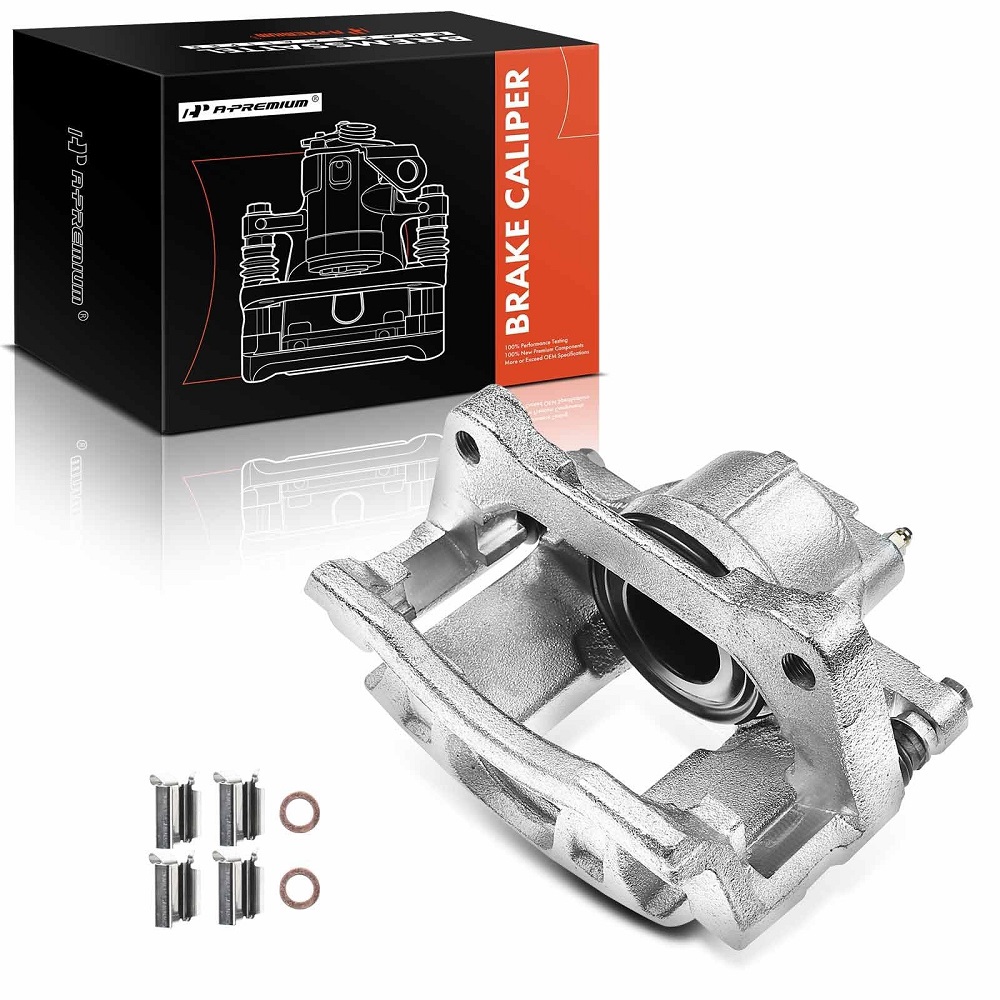
Leave a Reply